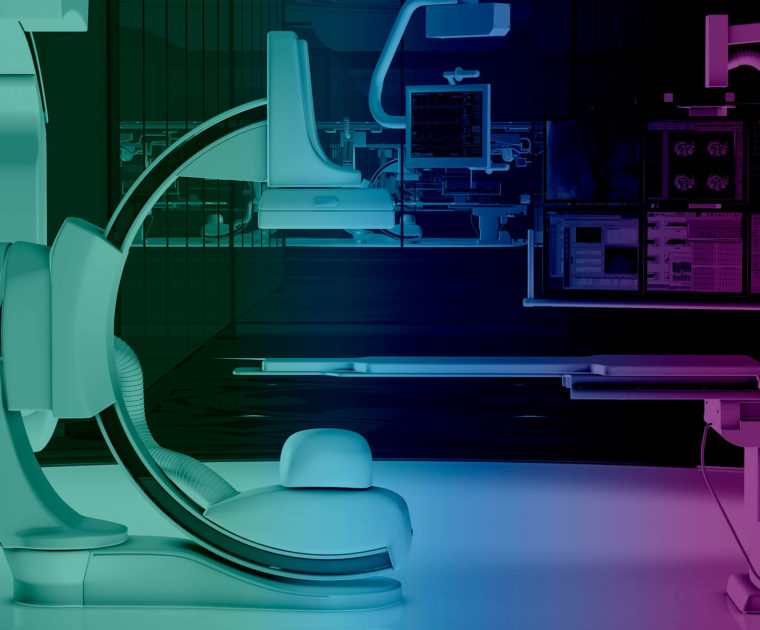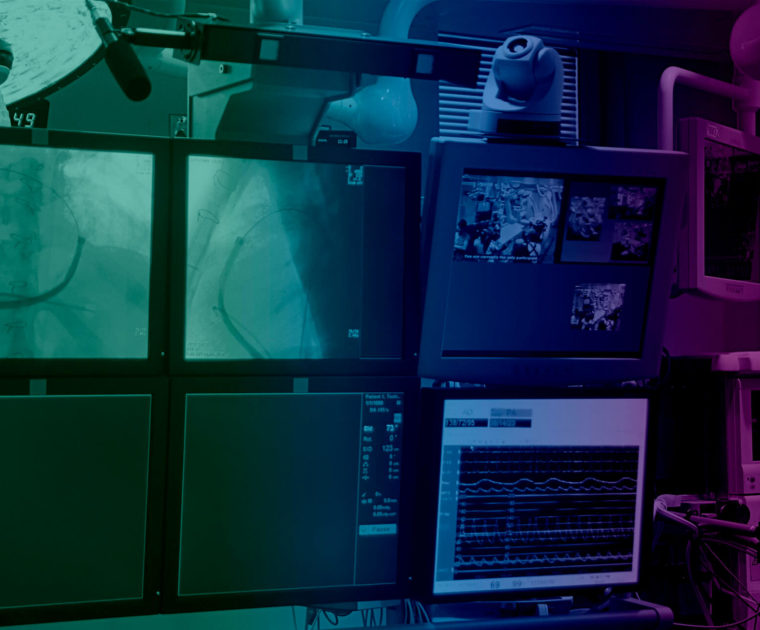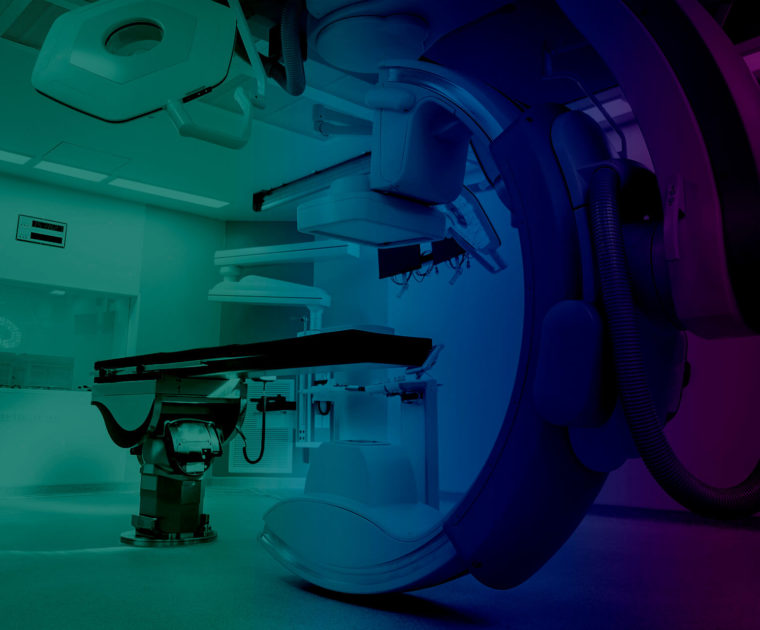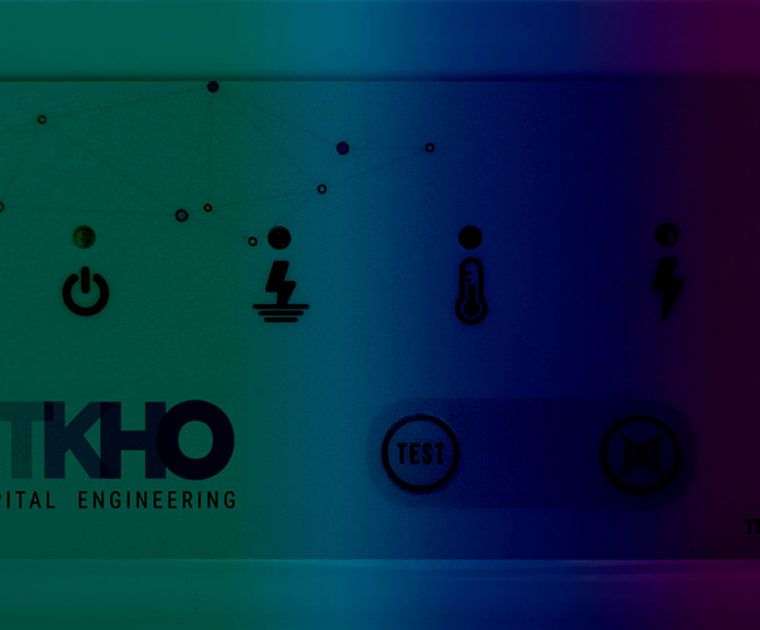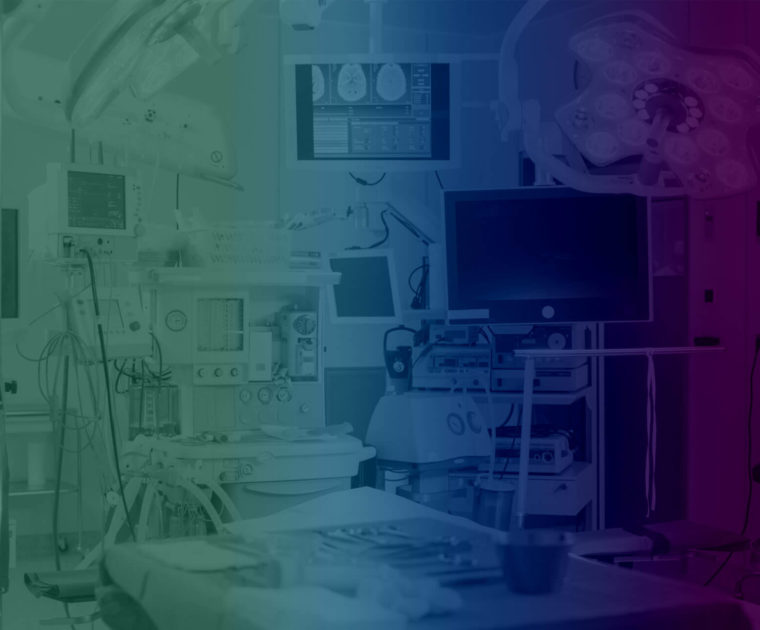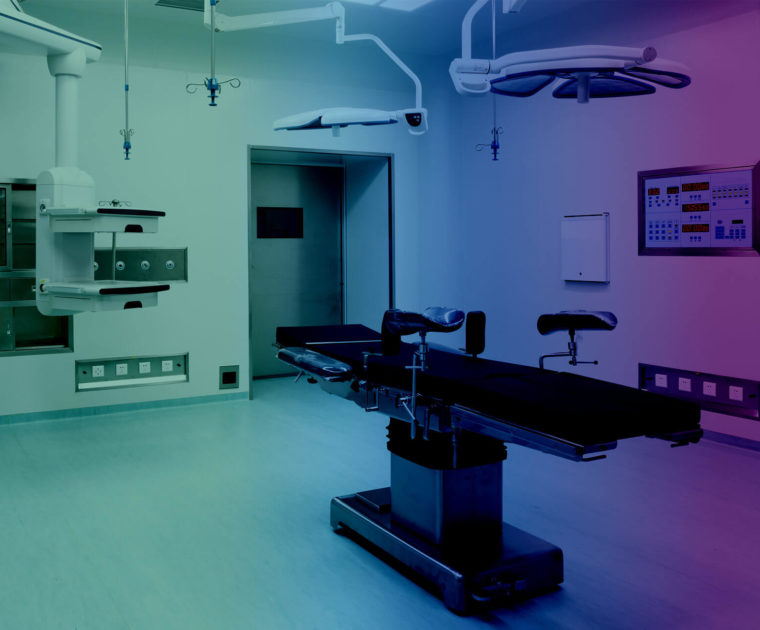The correct design of the operating theatre is what will allow hospitals to have the most efficient operating theatres that are adaptable to the unstoppable innovation in health.
Hospitals, as a result of the social, economic and healthcare context we are going through, must optimise their resources more than ever. Efficiency, performance and innovation must go hand in hand in order to reduce healthcare spending without jeopardising increasingly patient-centred care.
Within the improvement of hospital facilities, surgical intervention areas are one of the areas where most elements have to be taken into account, and where at the same time more casuistry and problems can occur. Thus, one of the main tools for improving operating theatres is innovation in their design and conversion into modern units.
To address this issue from all angles, at ETKHO we have dissected the main keys that must be taken into account for the correct design of an operating theatre.


